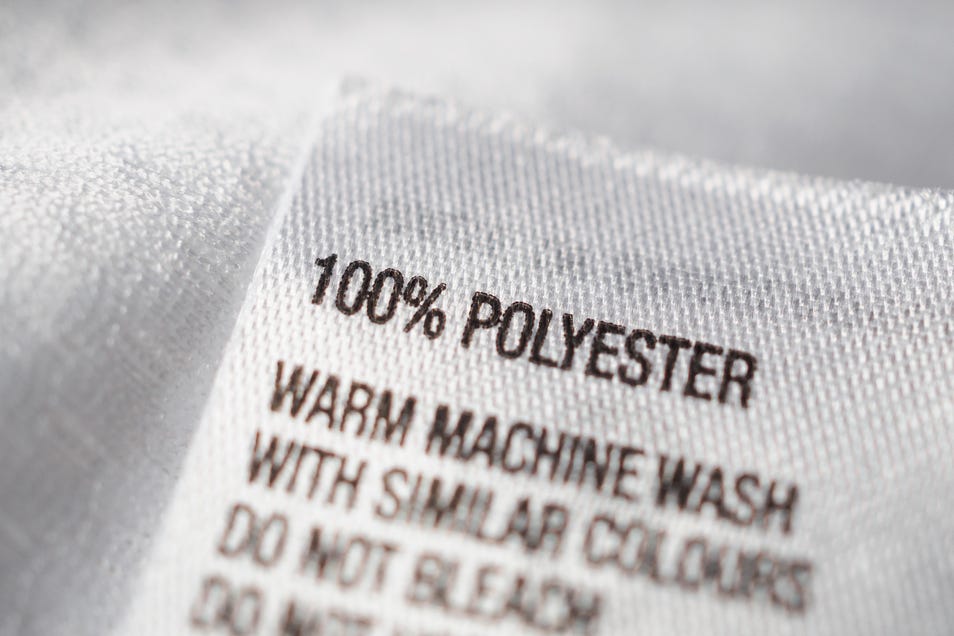Gabardine is a tightly woven, durable fabric prized for its sleek finish and structured drape. Commonly used in coats, suits, and trousers, it resists wind and wear while maintaining a refined appearance. However, pressing gabardine correctly is essential to preserve its shape and sheen.
Missteps with heat or technique can lead to shine, permanent creases, or fabric distortion. This guide outlines the best ironing temperature for gabardine and expert techniques for caring for this iconic textile. We’ll also cover washing gabardine coats, dry cleaning gabardine, and how to prevent unwanted creases through smart garment care.
Understanding the Best Ironing Temperature for Gabardine
Gabardine is typically made from wool, cotton, polyester, or blends of these fibres. Because it can vary in composition, the best ironing temperature for gabardine depends on the material. Generally, a medium to low heat setting is recommended. Wool-based gabardine should be ironed on a wool setting, using steam and a pressing cloth to avoid shine. Cotton-polyester blends can tolerate slightly higher temperatures but still benefit from careful pressing.
Always start by checking the garment's care label to identify the recommended temperature range. Use a test press on an inconspicuous area if unsure. Overheating is one of the most common mistakes when ironing gabardine. Heat damage can be difficult to reverse and compromises the garment’s longevity.
How to Press Gabardine Fabric Safely?
Precision is key when learning how to press gabardine fabric. Start with a clean, padded ironing board and set your iron to the appropriate temperature. Use a steam setting or introduce steam via a damp pressing cloth to relax the fibres and minimise shine.
Lay the garment flat and press in sections rather than sweeping the iron back and forth. Pressing motion is preferred over ironing, especially for gabardine trousers and jackets where creases can become permanent. For garments like blazers or tailored coats, consider using a tailor’s ham or sleeve board to maintain structure.
To preserve seams and avoid flattening textured areas, place a cloth between the fabric and the iron. This helps distribute heat evenly while protecting sensitive areas like lapels, darts, and pockets.
Washing Gabardine Coats the Right Way
Washing gabardine coats requires special attention to fabric content. Wool gabardine should generally not be machine-washed, as agitation and water exposure can cause shrinkage and distortion. In such cases, dry cleaning gabardine is the safest route.
For cotton or synthetic gabardine, hand washing or using a delicate machine cycle with cold water is often acceptable. Always use the best detergent for gabardine—ideally, a mild, colour-safe formula designed for delicate or woollen garments. Avoid bleach, fabric softeners, and harsh chemicals.
When washing by hand, gently agitate the coat in soapy water without twisting or wringing. Rinse thoroughly and reshape the garment before drying. Lay it flat, or use a hanger with broad shoulders to prevent stretching.
Dry Cleaning Gabardine
For tailored pieces like suits, structured coats, or garments made from wool-based blends, dry-cleaning gabardine is often the preferred method. Dry cleaning preserves the fabric’s integrity, especially when it comes to shape retention and finish.
Additionally, garments with inner linings, padded shoulders, or complex tailoring benefit from professional handling. Dry cleaning also helps in removing oil-based stains and odours without affecting the texture or colour of the fabric.
Always ensure the dry cleaner is aware of the garment’s composition. Reputable services will adjust their process accordingly and may even use a low-heat steam press to finish the garment properly.
Preventing Gabardine Creases with Smart Storage
Prevention plays a significant role in overall fabric care. Preventing gabardine creases starts with how you store and handle the garment. Always hang gabardine coats and trousers on sturdy, padded hangers. Wire or thin plastic hangers can cause stress points and distort the shoulders or waistband.
Avoid cramming garments into overcrowded wardrobes. Instead, allow space between pieces so they can hang freely. If folding is necessary for travel or storage, use acid-free tissue between folds to minimise pressure marks.
Invest in breathable garment bags to protect from dust while maintaining airflow. For daily wear items, light steaming before use can help release minor wrinkles without subjecting the fabric to unnecessary heat.
Choosing the Best Detergent for Gabardine
Using the best detergent for gabardine is an important aspect of maintaining fabric quality. Opt for a detergent that is pH-balanced and free from optical brighteners. These can degrade the fibres and alter the fabric’s natural sheen.
For wool gabardine, use a wool-safe detergent, often labelled as suitable for hand washing or delicate machine cycles. For cotton or synthetic gabardine, a mild liquid detergent is ideal.
Always dissolve detergent thoroughly before immersing garments to avoid residue. Using excessive detergent can lead to dullness over time, so follow dosage instructions carefully.
Extra Tips for Long-lasting Gabardine Care
- Spot clean stains as soon as possible using a clean, damp cloth and appropriate stain remover.
- Iron inside-out whenever possible to avoid surface shine.
- Store seasonal gabardine garments in a cool, dry place with moth protection.
- Avoid using starch or fabric stiffeners unless specified for gabardine.
- Gently brush wool gabardine coats to remove lint and surface dust.
Keep Gabardine Looking Sharp for Years
Gabardine may be a strong fabric, but it rewards those who treat it with care. From selecting the best ironing temperature for gabardine to learning how to press gabardine fabric without causing shine or deformation, the right techniques go a long way in preserving its elegance.
Washing gabardine coats carefully, using the best detergent for gabardine, and knowing when dry cleaning gabardine is appropriate all contribute to garment longevity. Just as important is preventing gabardine creases by hanging garments properly and allowing them to breathe. With consistent, informed care, your gabardine wardrobe can maintain its timeless appeal for many years.





